Home - Butterflies - Swallowtails - Whites and Sulphurs - Coppers,Hairstreaks, Blues & Metalmarks - Brushfoots - Skippers
Photo & Other Details - Characteristics & Utah Range Map
Scroll down to see all photos of FEMALE EMERGING FROM PUPA
For other photos click on your choice of
LARVA DEVELOPMENT PUPA DEVELOPMENT MALE ECLOSURE ADULT FEMALE ADULT MALE SPECIMEN
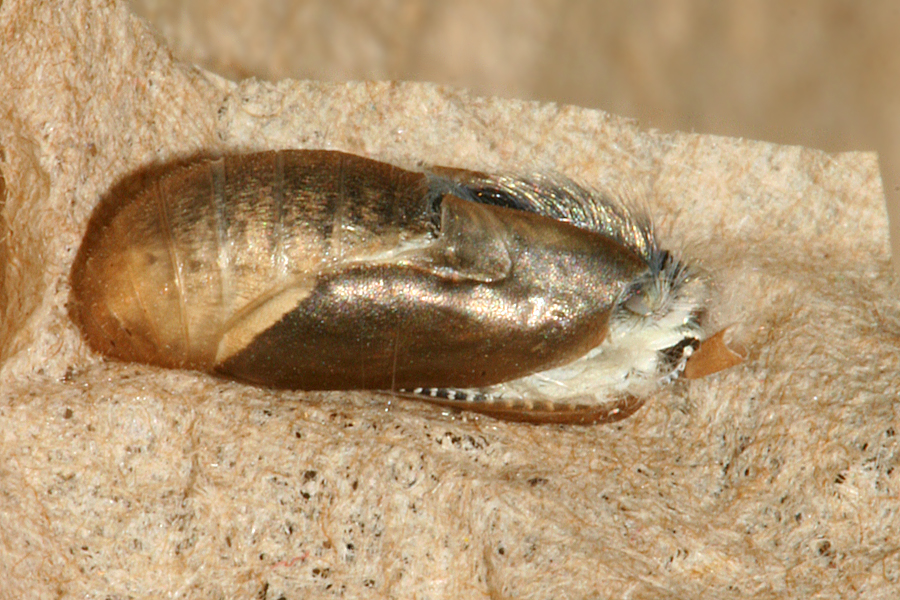
Female crawling out of the pupa
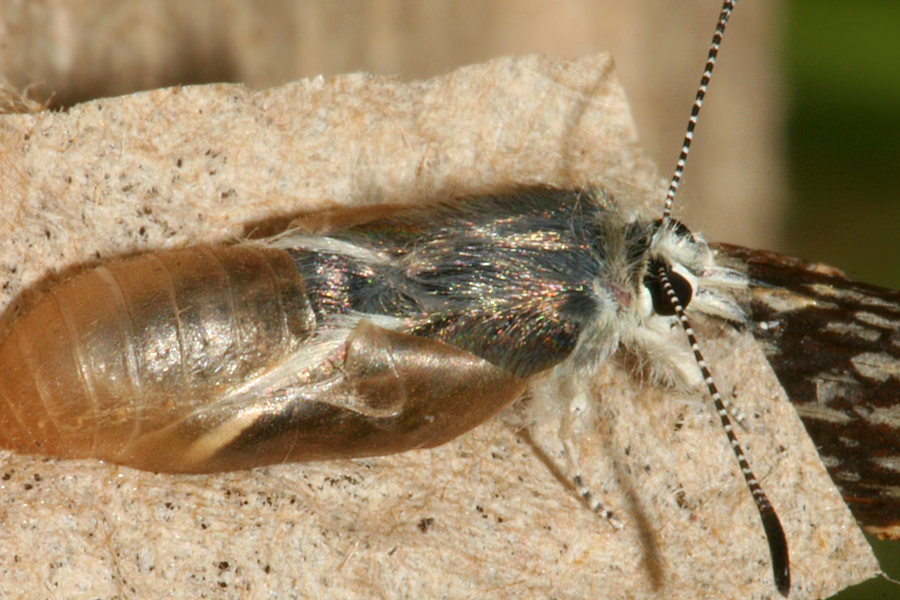
Inflating Wings
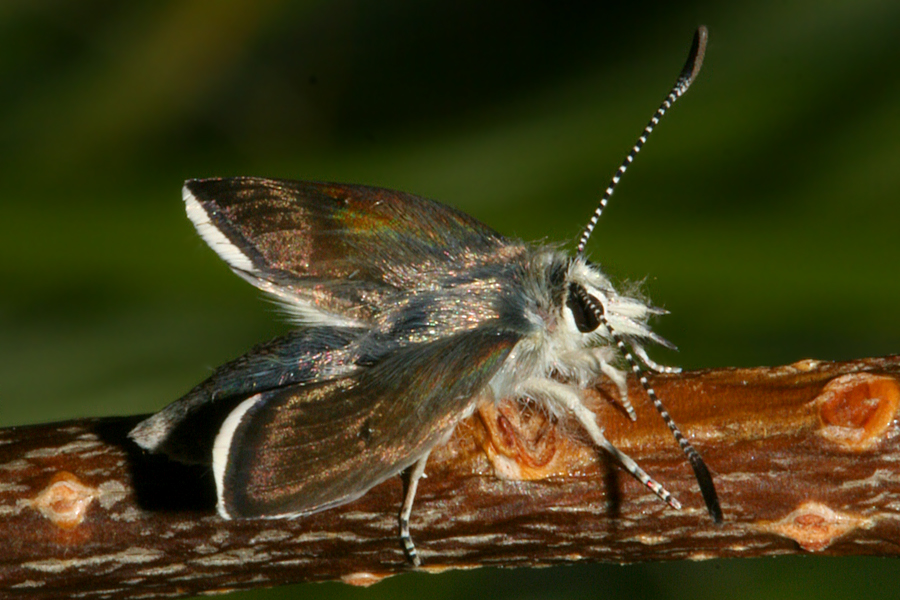
Inflating Wings
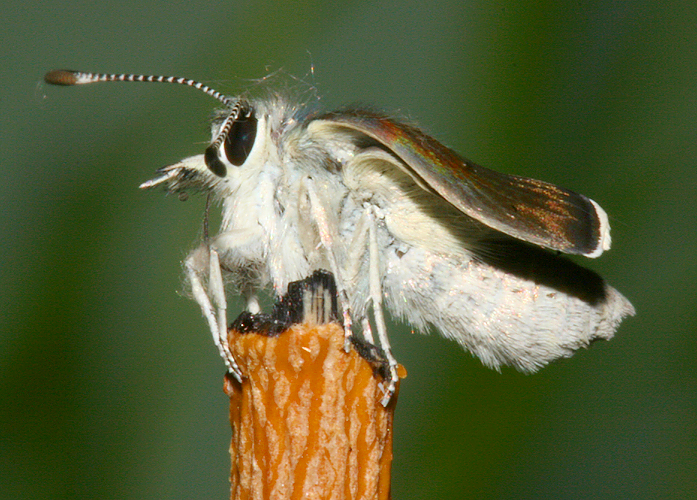
Inflating Wings
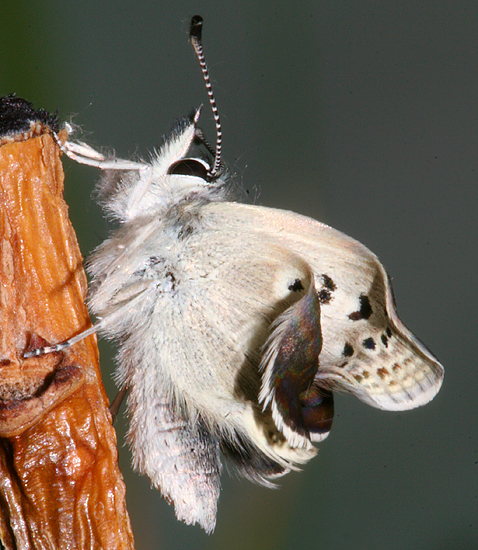
Inflating Wings
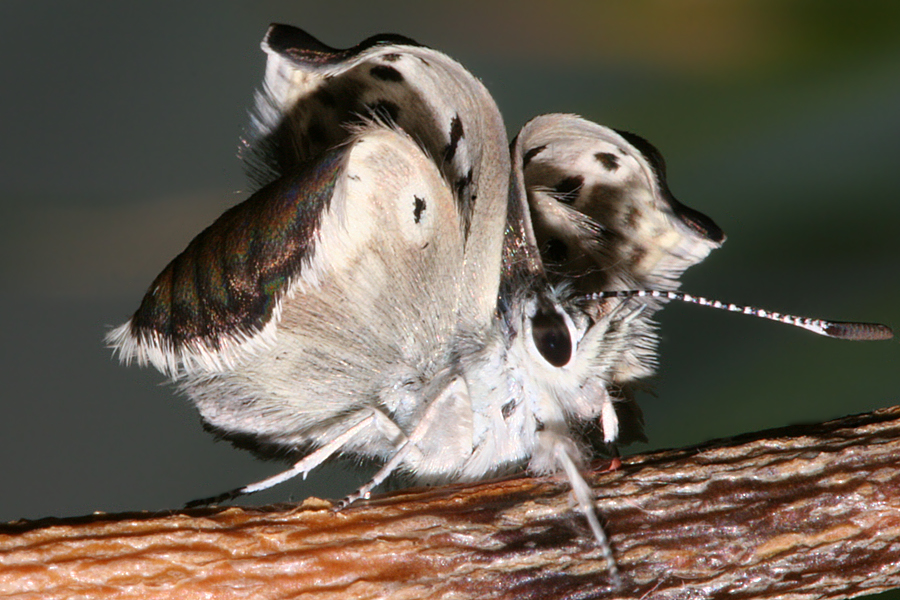
Inflating Wings
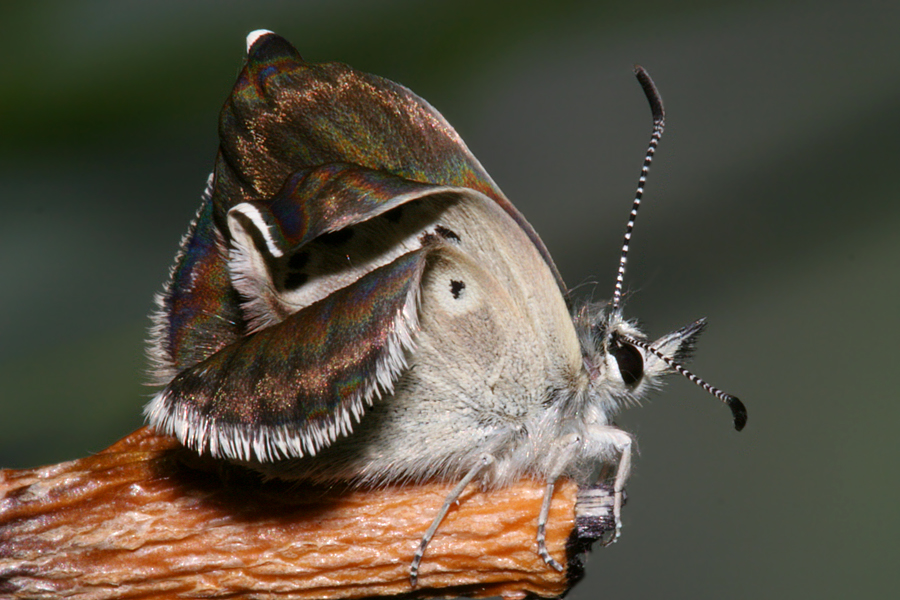
Inflating Wings
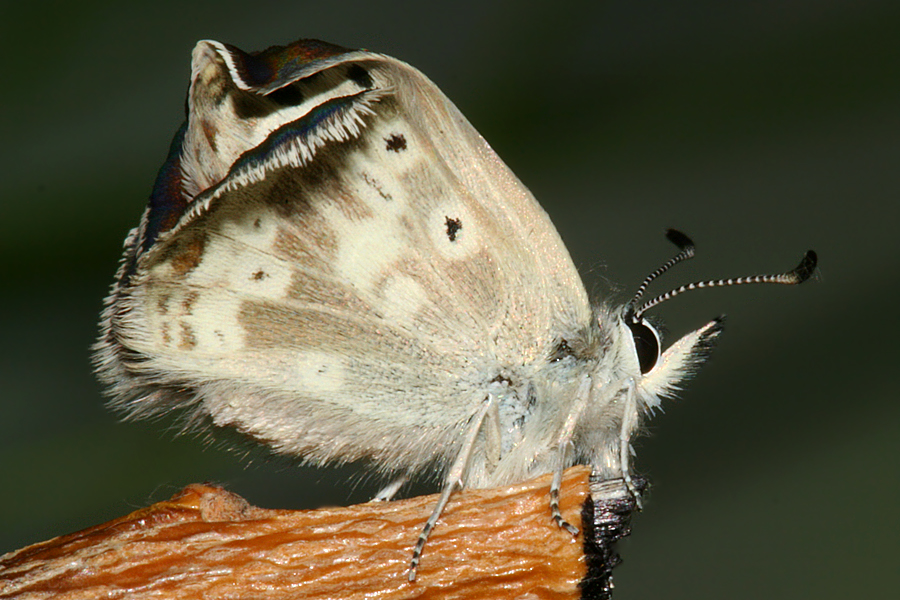
Drying Wings
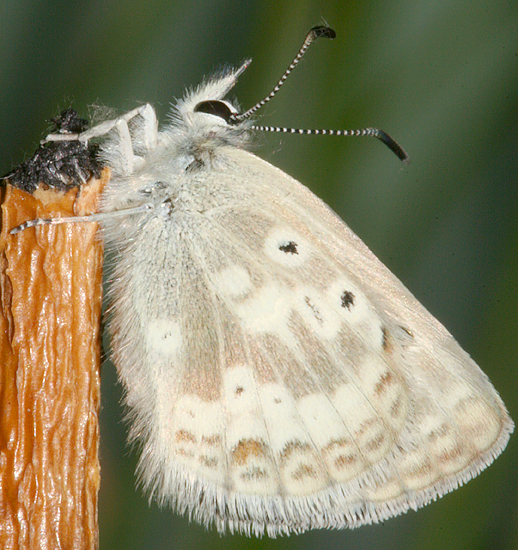
Close-up of face
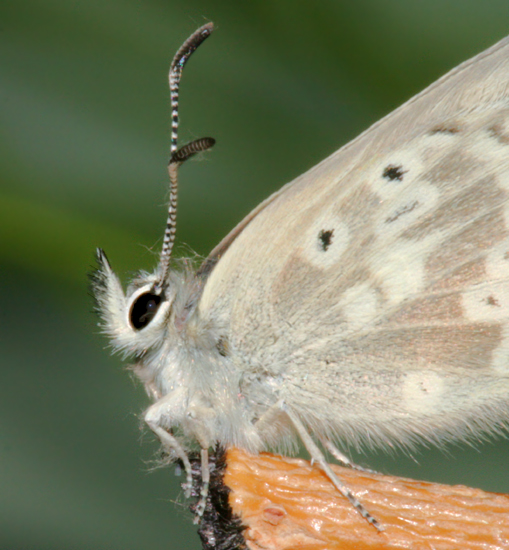
| PHOTO
AND OTHER
DETAILS -
©Nicky
Davis On 3 August 2008 a female was located on Murdock Mountain, Uinta Mountains, Summit County, Utah. GPS North 40.43.44.54, West 110.54.06.25 West Elevation 10, 298 feet. Jack Harry, Les Davis and I followed the rustica around the mountain to determine the plant she was using to lay her eggs. We finally watched her oviposit on a tiny primrose, Androsace septentrionalis. On 9 August 2008, this one egg hatched and was set on a leaf of Shooting Star Dodecatheon alpinum. During the night this larva went to the base of the plant and due to the curve of the stem, was able to get into water and died. On 1 August 2009 two females were collected at Murdock Mountain, Uinta Mountains, Summit County, Utah. Females laid eggs 2nd-5th of August on the chiffon material placed under the top of a screened cage. The cage used held a potted Shooting Star, Dodecatheon alpinum plant and a container with a cotton ball soaked in honey water made with a ratio of 1 part honey to 10 parts water as a nectar source for the butterflies. The screen cage was placed outside in the sun for periods of 30 to 45 minutes then brought into the house. Each time they were brought inside they began spinning in circles, then laid eggs on the chiffon cover. The eggs hatched on the 9th and 10th of August. They were kept in light 24x7 on cuttings of Dodecatheon alpinum, sometimes in a bouquets and sometimes in a 1 1/2 ounce plastic solo cup with lid on and a damp piece of brown paper toweling on the floorof the cup. After feeding for 31 days, the first larva walked off the plant and refused to eat as it was ready to pupate. They preferred pupating between two layers of brown recycled paper toweling that was in the bottom of their container. Some eggs were sent to John Emmel who reared them using Androsace sempervivoides. All those larvae hibernated as second instars. ADULT FEMALE EMERGING FROM THE #2 PUPA Ten photos from the female pushing the pupa open to her drying her wings and a close-up of her face. Notice the female antennae are not orange like the male's. HOST PLANTS Androsace sempervivoides, Pygmyflower Rock Jasmine-Androsace septentrionalis, Shooting Star- Dodecatheon alpinum For available photos of host plants , click on Androsace sempervivoides Androsace septentrionalis Dodecatheon alpinum HABITAT For photos of the habitat, click on Murdock Mountain TIME SPENT AS: Ova: 5 to 7 days Larvae: extremely variable -the first one fed for 27 days and the last one fed 51 days. John Emmel brood hibernated as 2nd instar. Pupae: 9 to 10 days Adults: unknown BROOD OR FLIGHT: One flight each year per James A. Scott "The Butterflies of North America". These females were found on the wing the first of August in 2008 and 2009. HIBERNATION: Overwinter as half grown larva or pupa per James A. Scott "The Butterflies of North America" Back to Top |